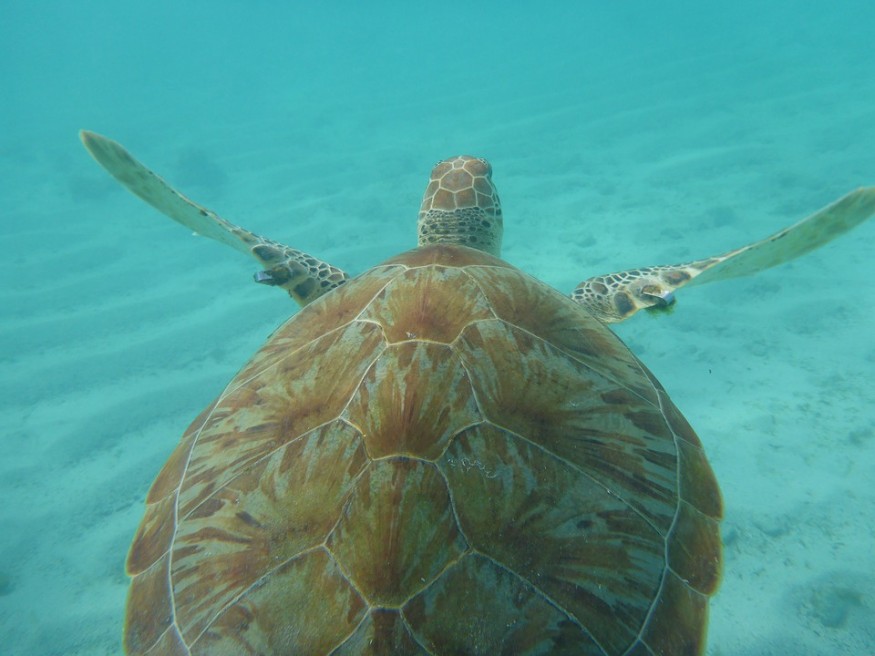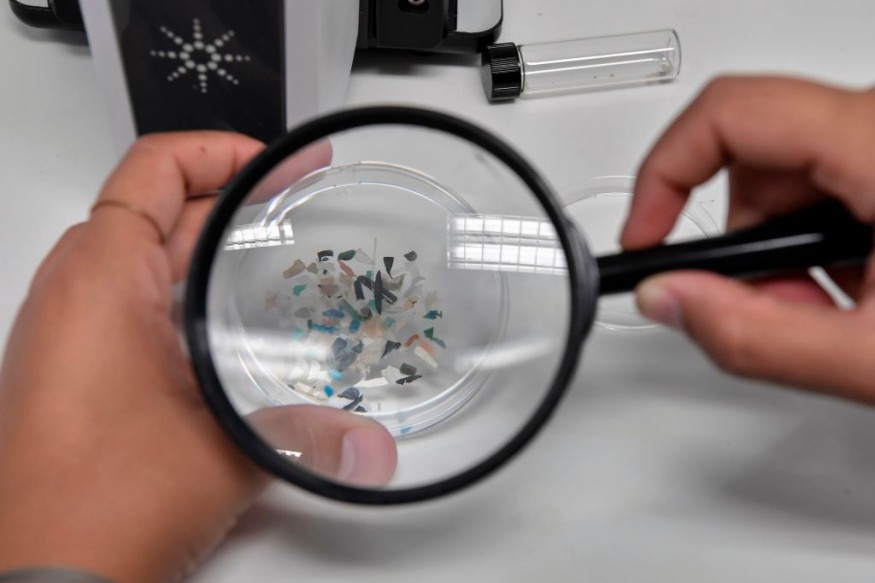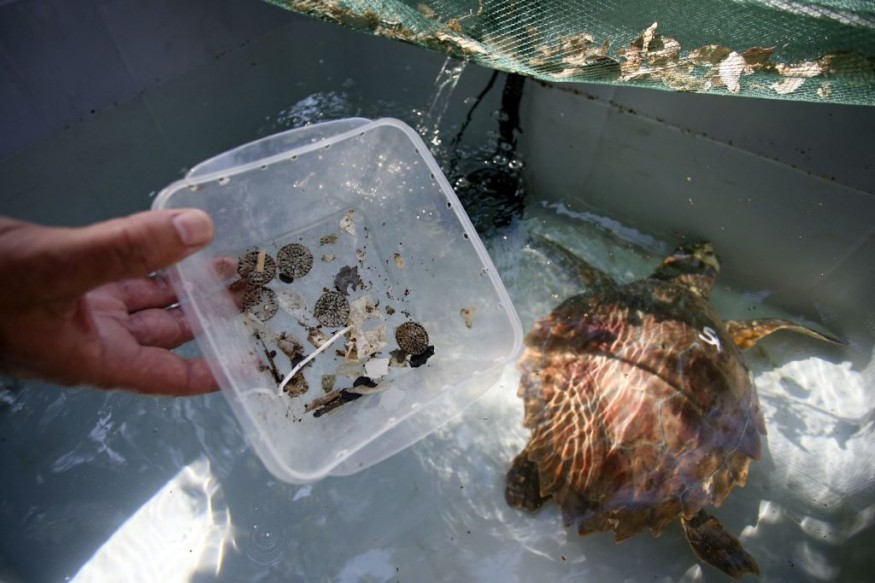Researchers have discovered that young sea turtles are eating significant amounts of plastic, with ocean pollution turning environments that were once excellent for their development into a risk
Plastic's influence on wildlife is a developing topic of study, with studies revealing distressing examples of marine animals suffering damage or dying after swallowing or being entangled in it.
According to one research, between 4.8 million and 12.7 million metric tons of plastic entered the world's seas in 2010. A recent analysis by the Australian government's science agency, CSIRO, showed that eating plastic killed creatures from 80 different species, including turtles.
Studying Juvenile Sea Turtles

Researchers examining juvenile sea turtles, from hatchlings to those with shells less than 50cm in length, believe that the prevalence of plastic in the world's seas means evolutionary adaptations that formerly helped the creatures flourish are now putting them at risk.
Researchers from the UK and Australia describe their findings in the journal Frontiers in Marine Science, detailing how they examined the innards of 121 sea turtles from five different species: green, loggerhead, olive ridley, hawksbill, and flatback. The turtles were stranded or trapped inadvertently in the Indian Ocean off the west coast of Australia and the Pacific Ocean off the east coast of Australia.
Plastics in a Turtle's Gastrointestinal Tracts

Plastic particles were detected in all of the species studied in the gastrointestinal tracts, except for hawksbill turtles, which had only seven specimens analyzed. The proportion of turtles impacted was greater in the Pacific Ocean.
Plastic was detected in 83 percent of green turtles from those seas, compared to 9 percent in the Indian Ocean, with the material accounting for up to 0.9 percent of their total body mass. In addition, 144 fragments of ingested plastic larger than 1mm were discovered in one green turtle specimen from the Pacific Ocean.
The majority of the plastic discovered within the turtles is polyethylene or polypropylene, although the exact source of these commonly used polymers could not be determined.
Evolutionary Path
Young turtles have evolved to develop in the open ocean, where predators are relatively uncommon, according to Dr. Emily Duncan of the Centre for Ecology and Conservation on Exeter's Penryn Campus in Cornwall, a co-author of the study.
"However, our findings imply that this evolved behavior is now leading them into a 'trap,' luring them into highly contaminated places like the Great Pacific Garbage Patch," she said in a release.
Unclear Reasons

Duncan went on to say that it's unclear what impacts eating plastic has on young animals but that it might harm population numbers. "Juvenile sea turtles typically have no specialized diet - they eat anything," Duncan explained.
According to Mark Wright, head of science at the World Wide Fund for Nature, six out of seven species of sea turtles are threatened with extinction, who was not involved in the study. Plastic pollution is one of the threats they face.
"Because only a small percentage of baby sea turtles survive their first year, we must decrease risks to ensure their long-term survival," he added.
Read also: Seafood's Secret Ingredient: Microplastic
For more environmental news, don't forget to follow Nature World News!
© 2025 NatureWorldNews.com All rights reserved. Do not reproduce without permission.





